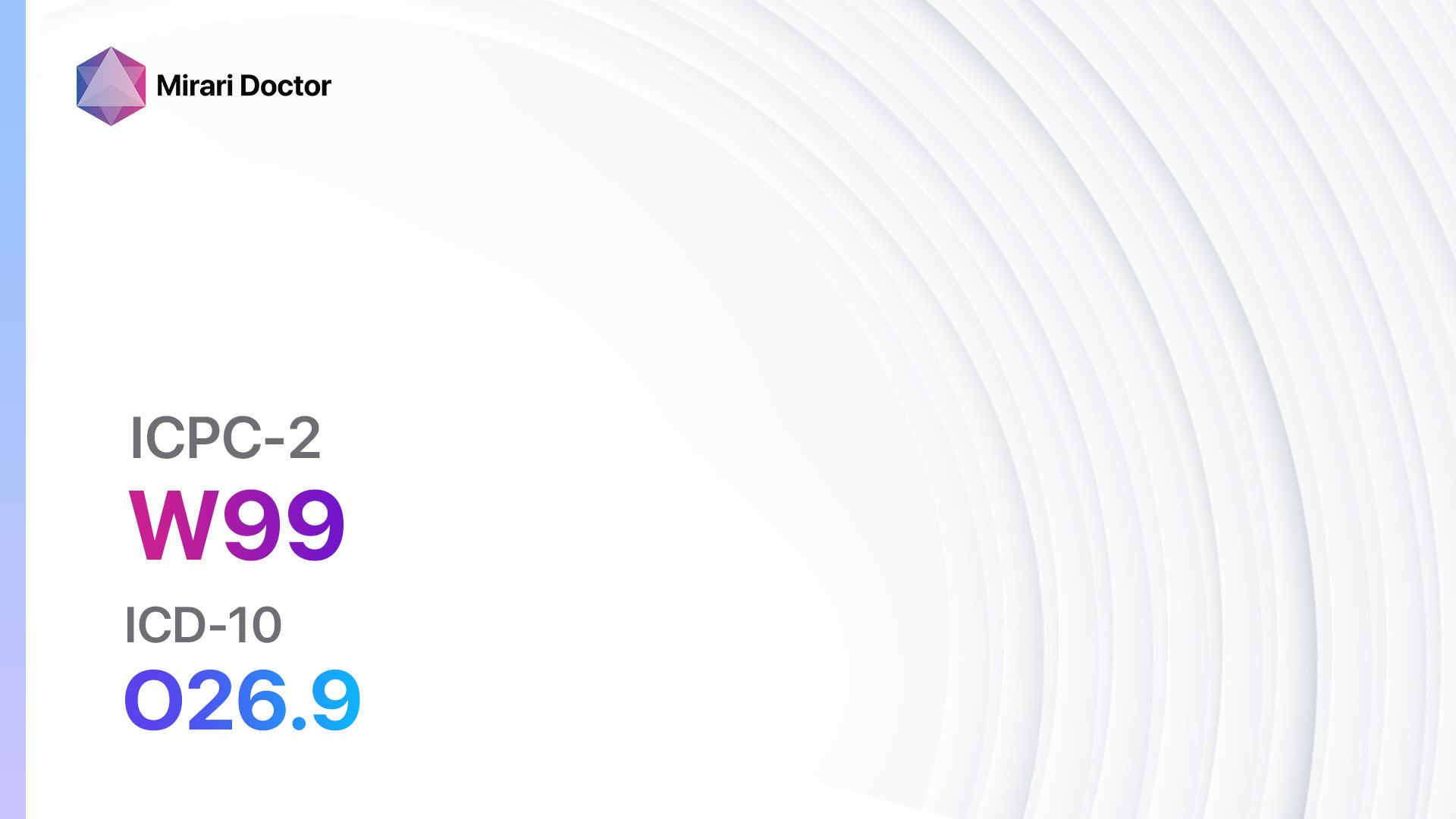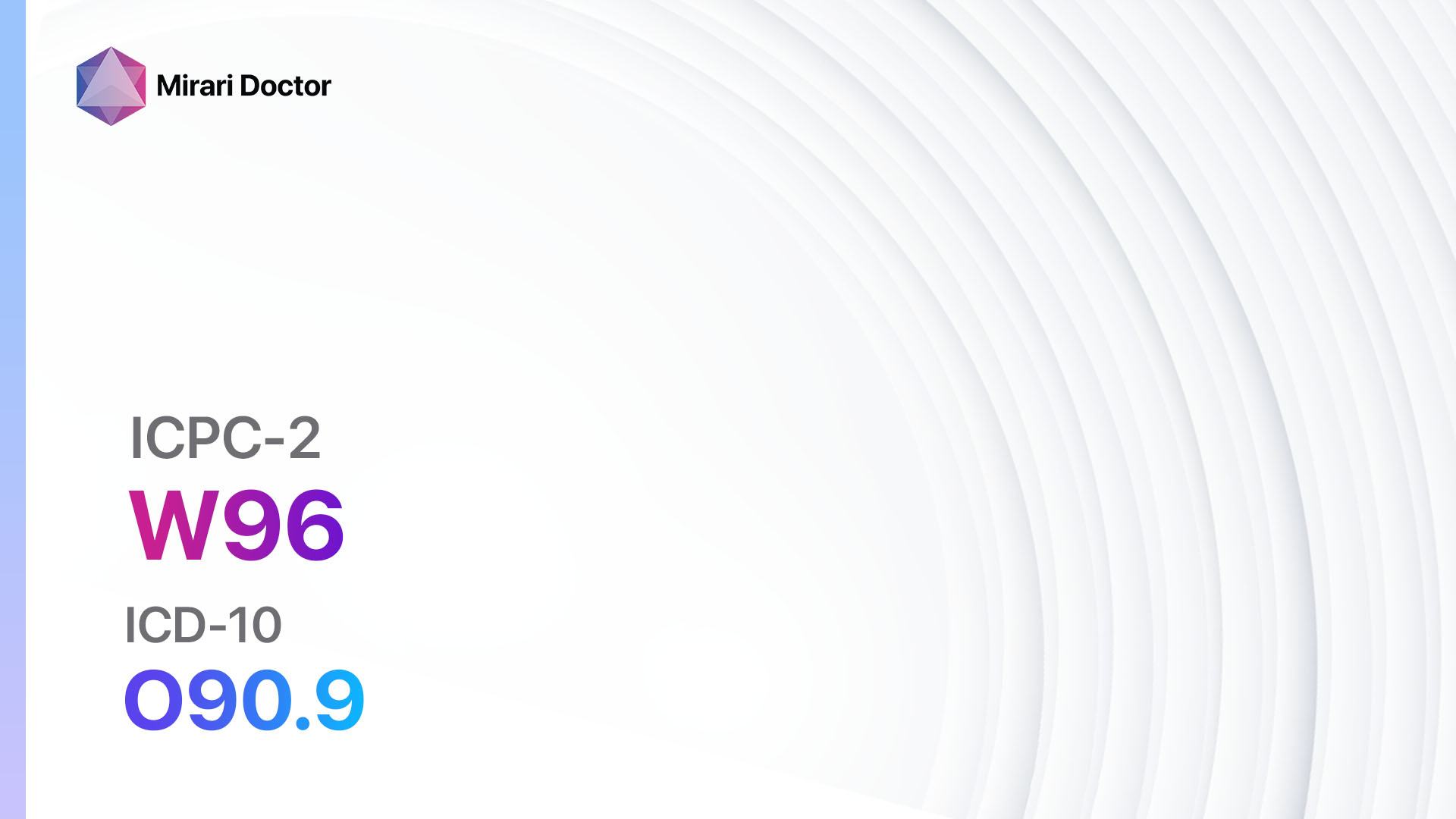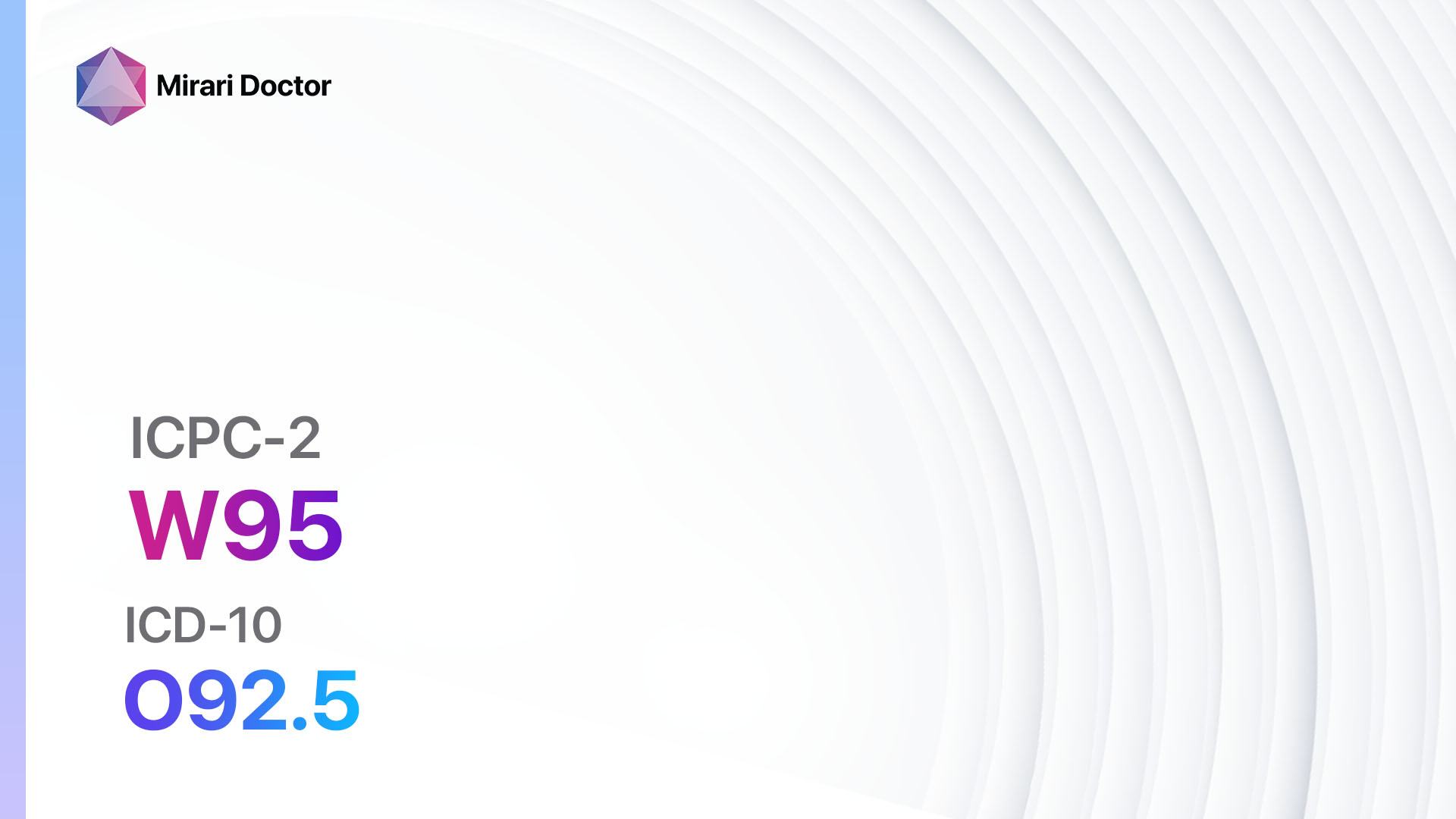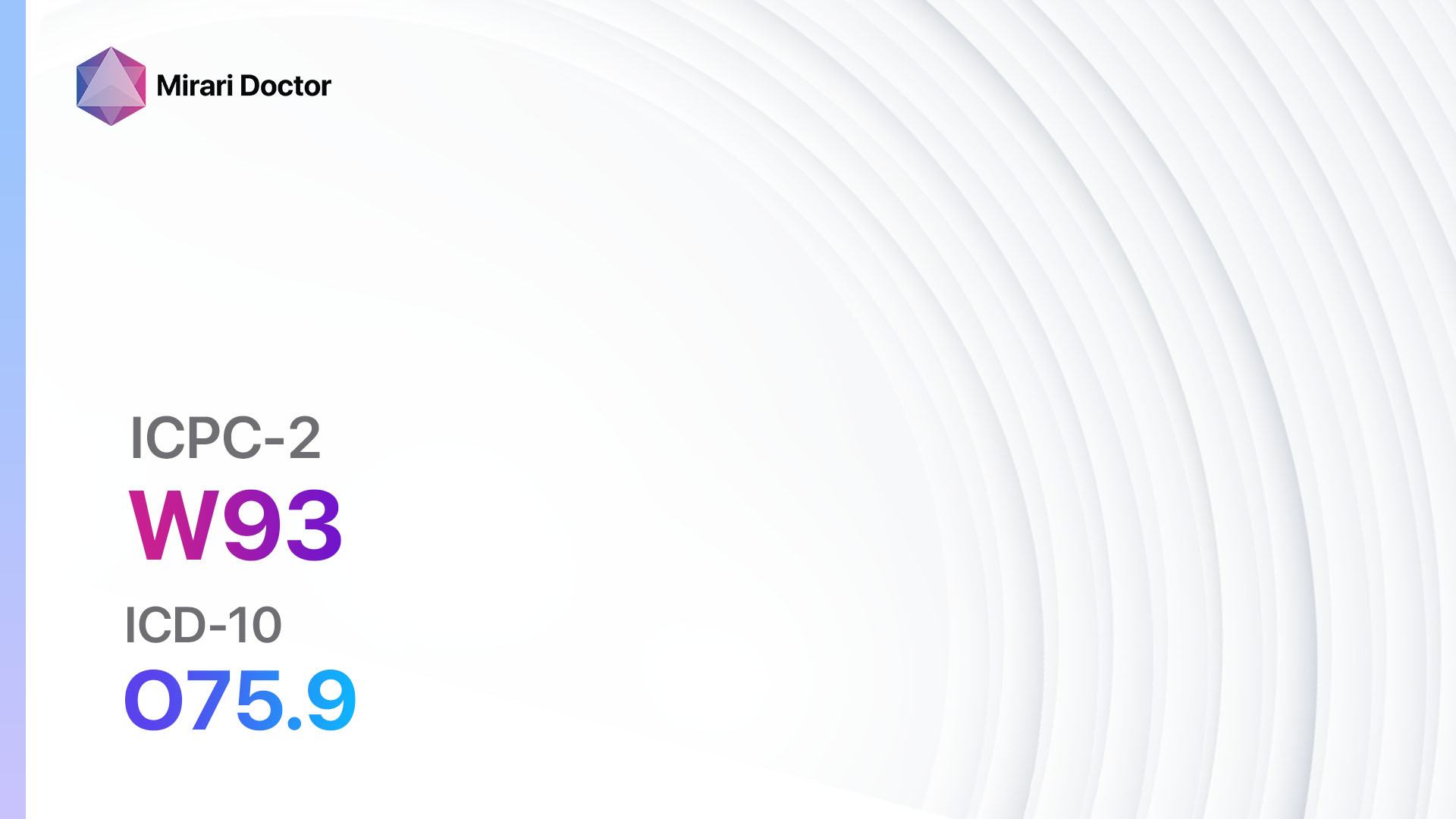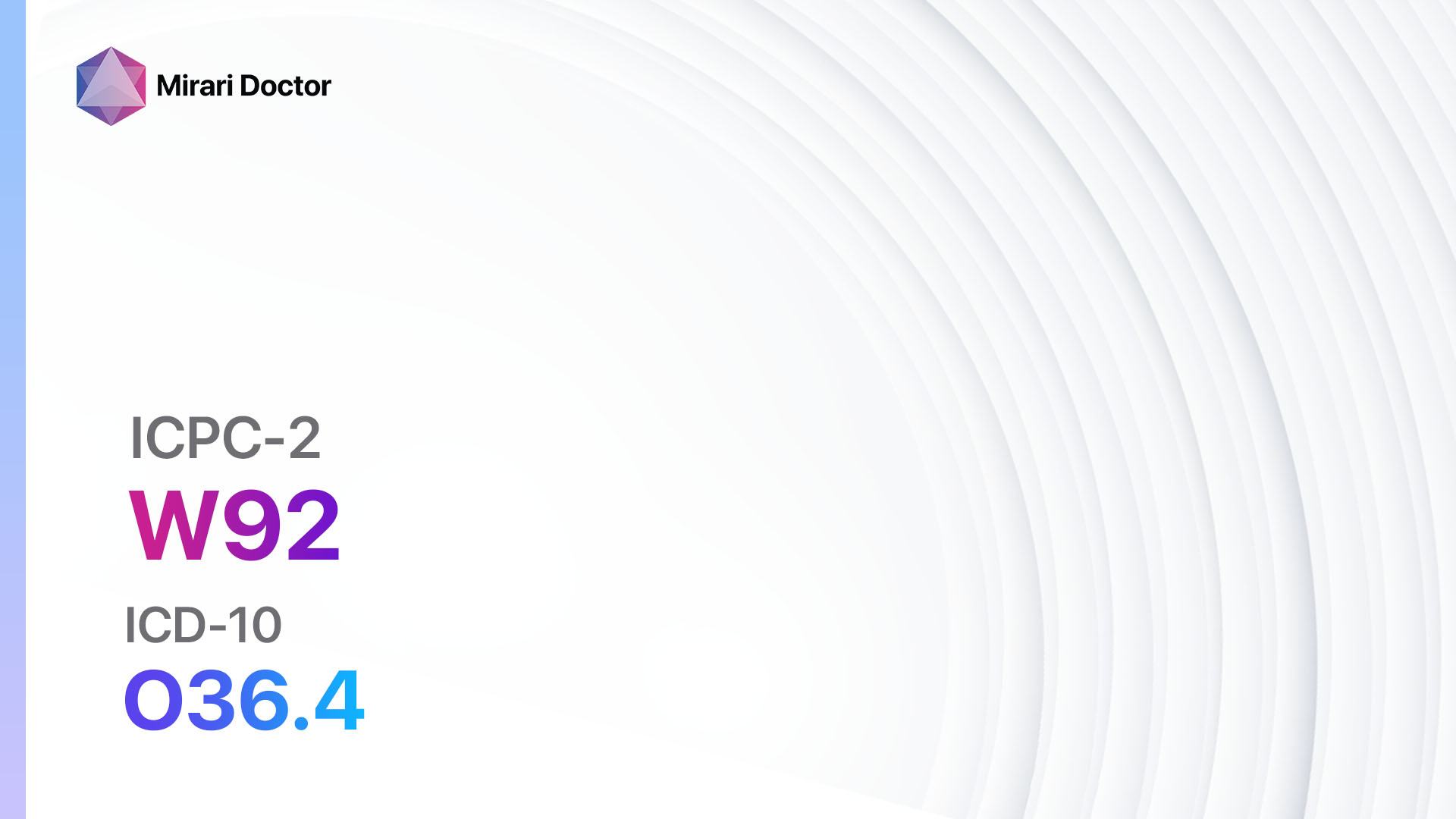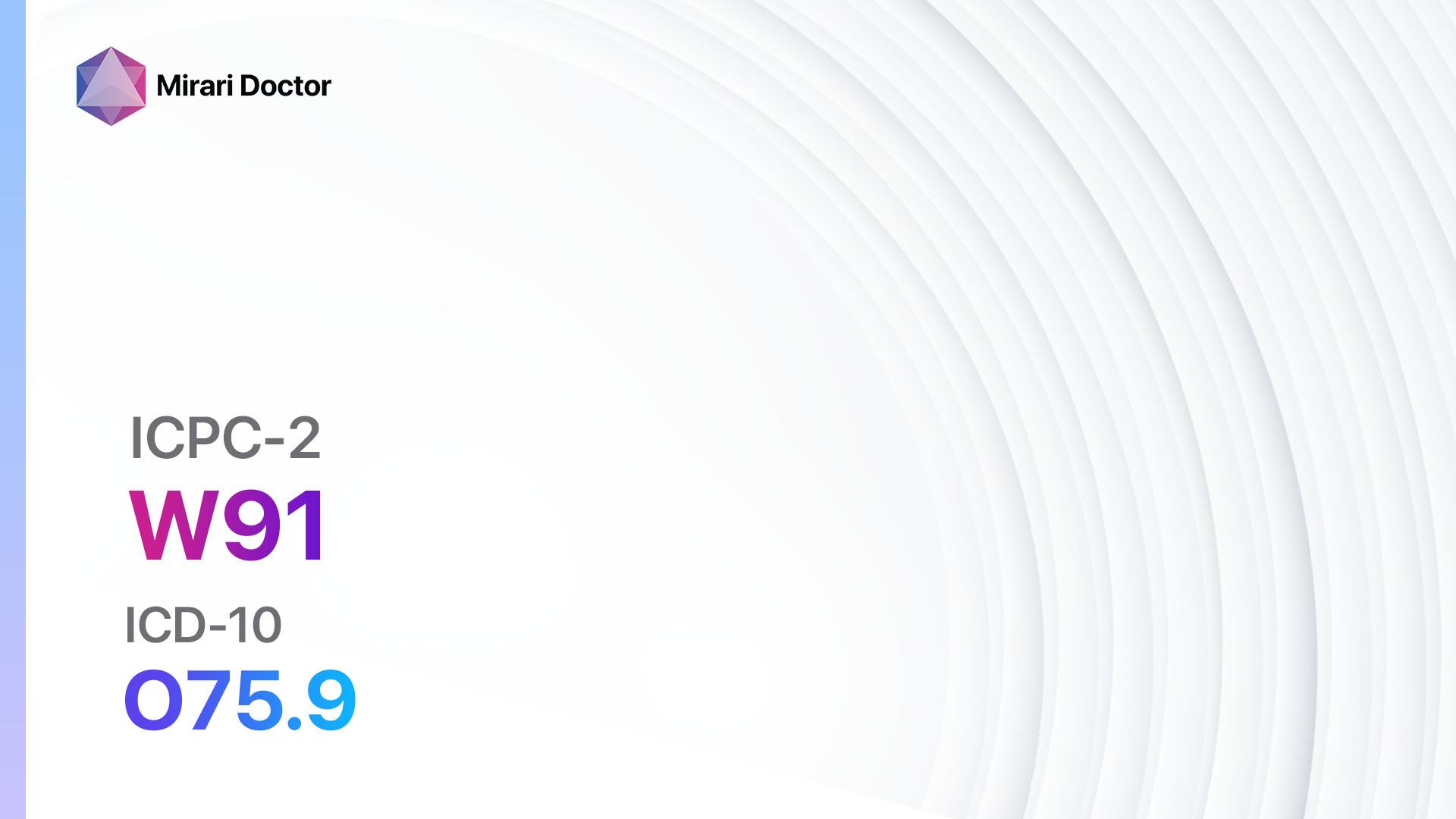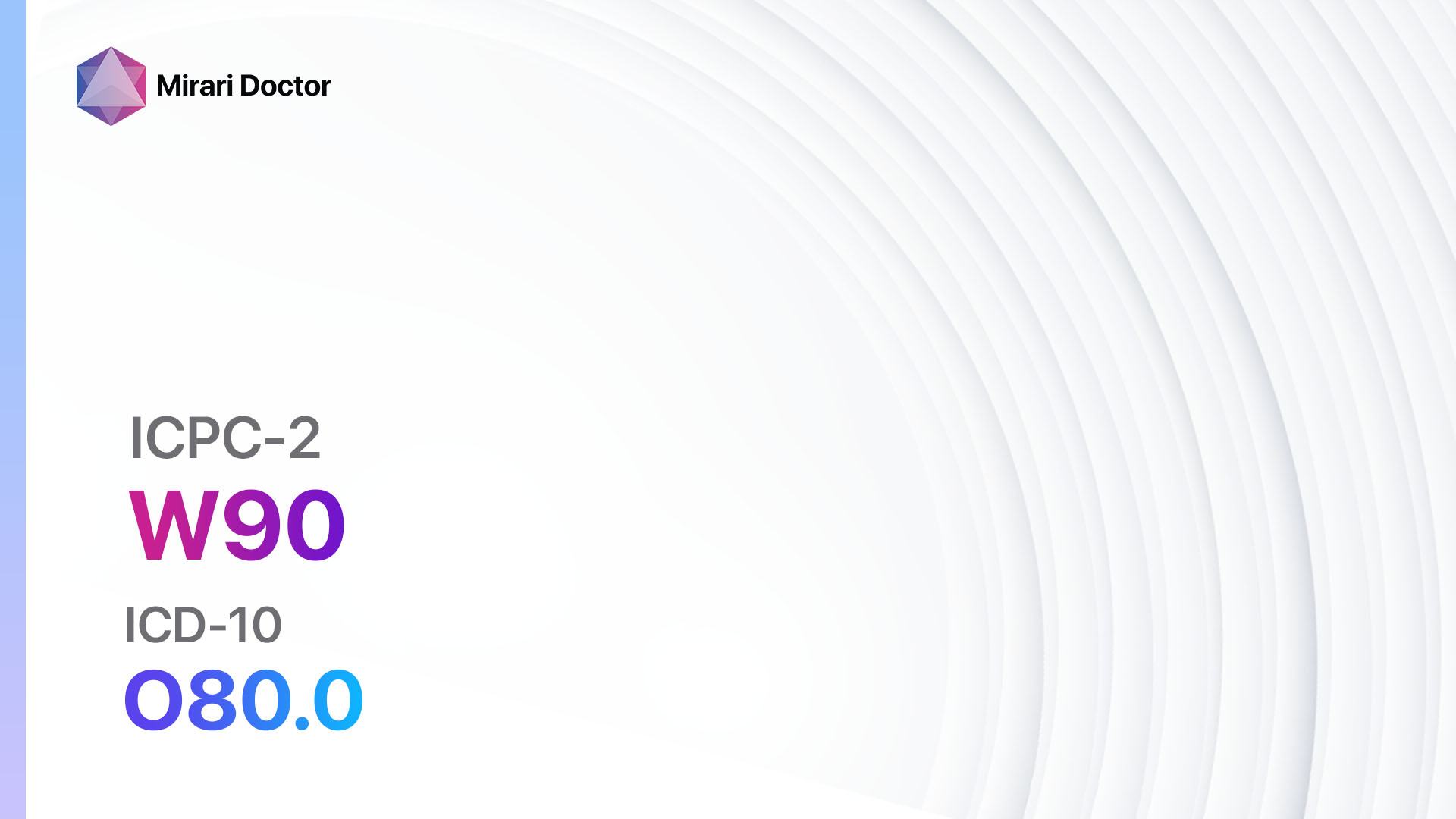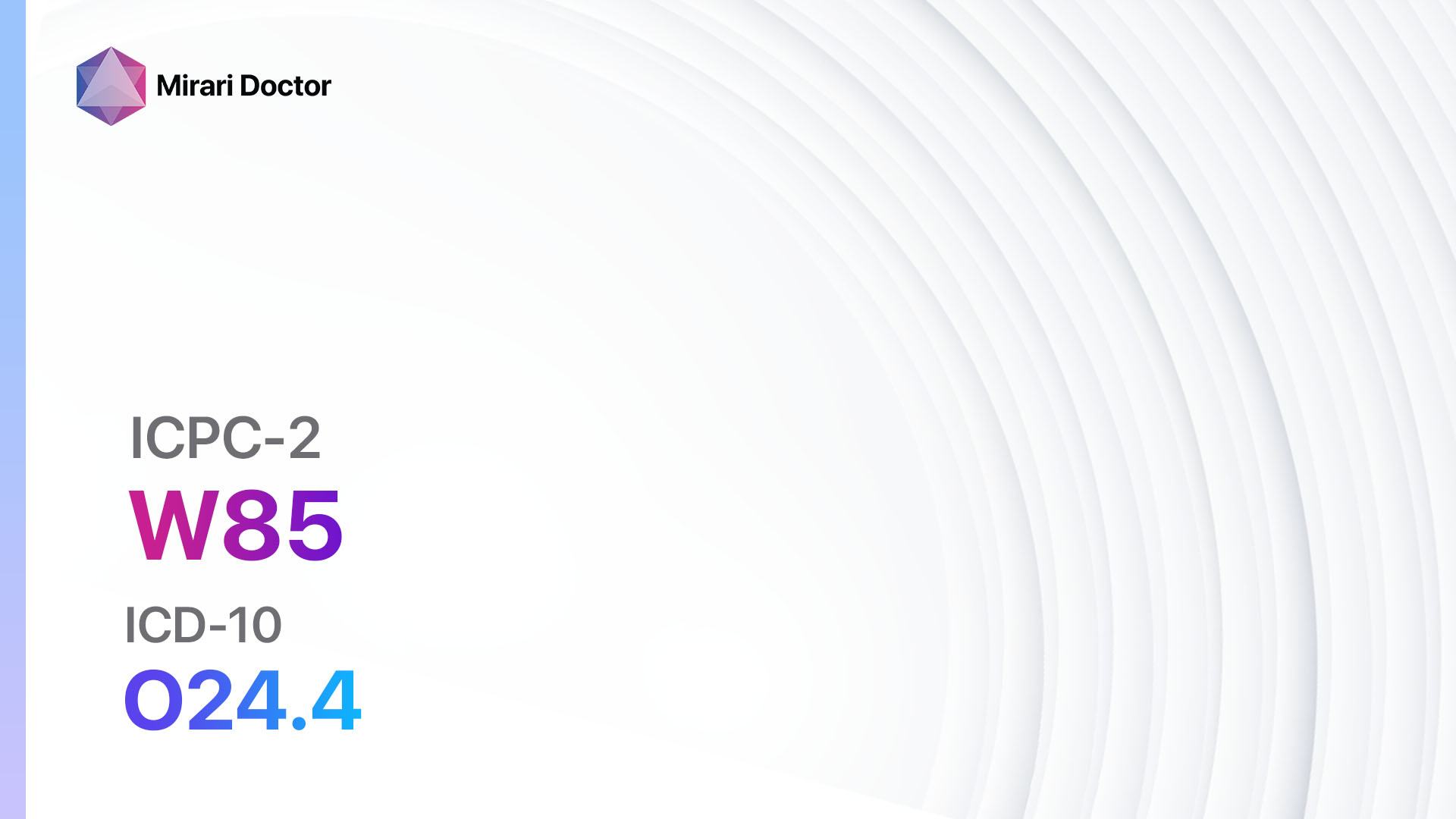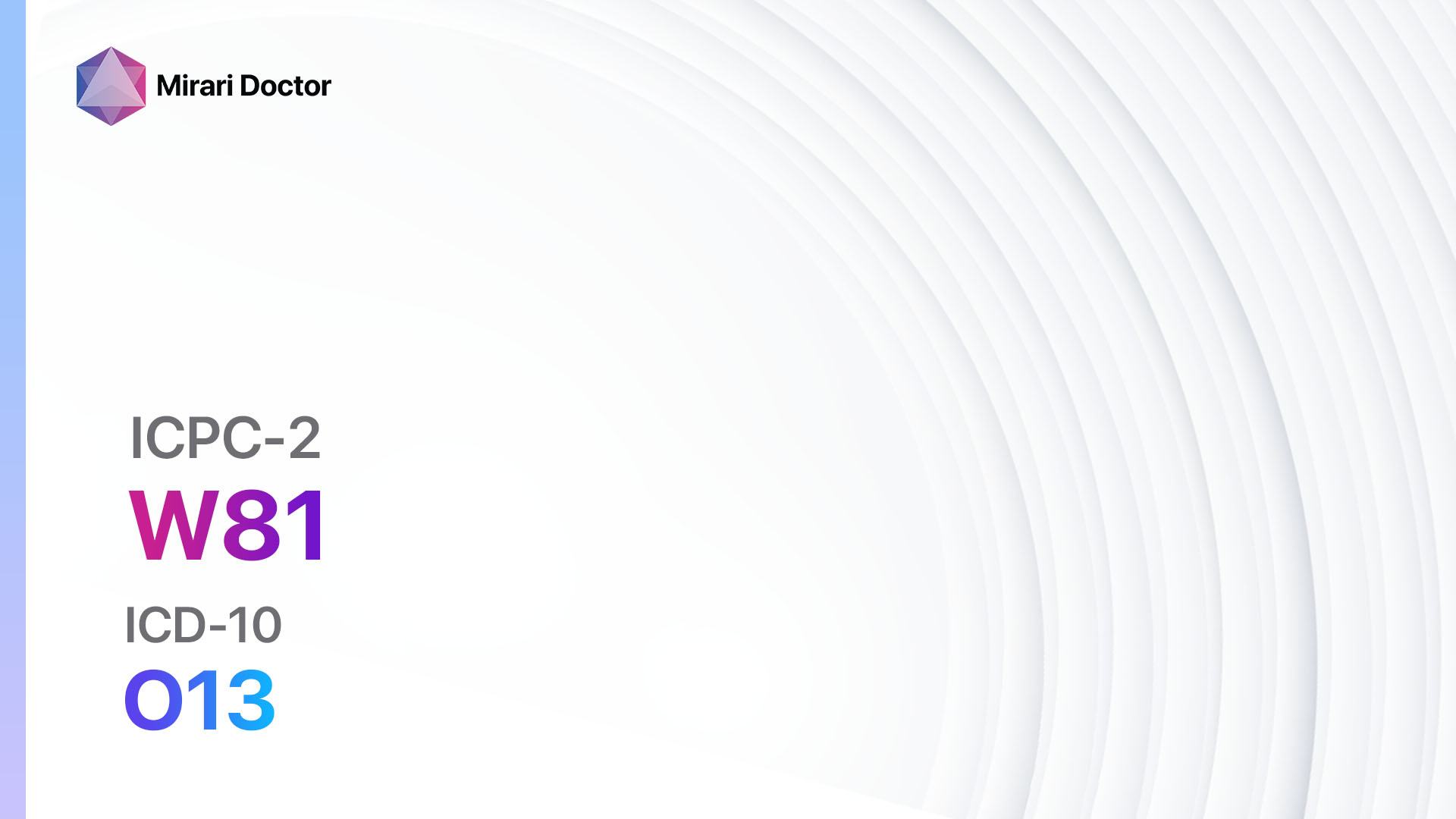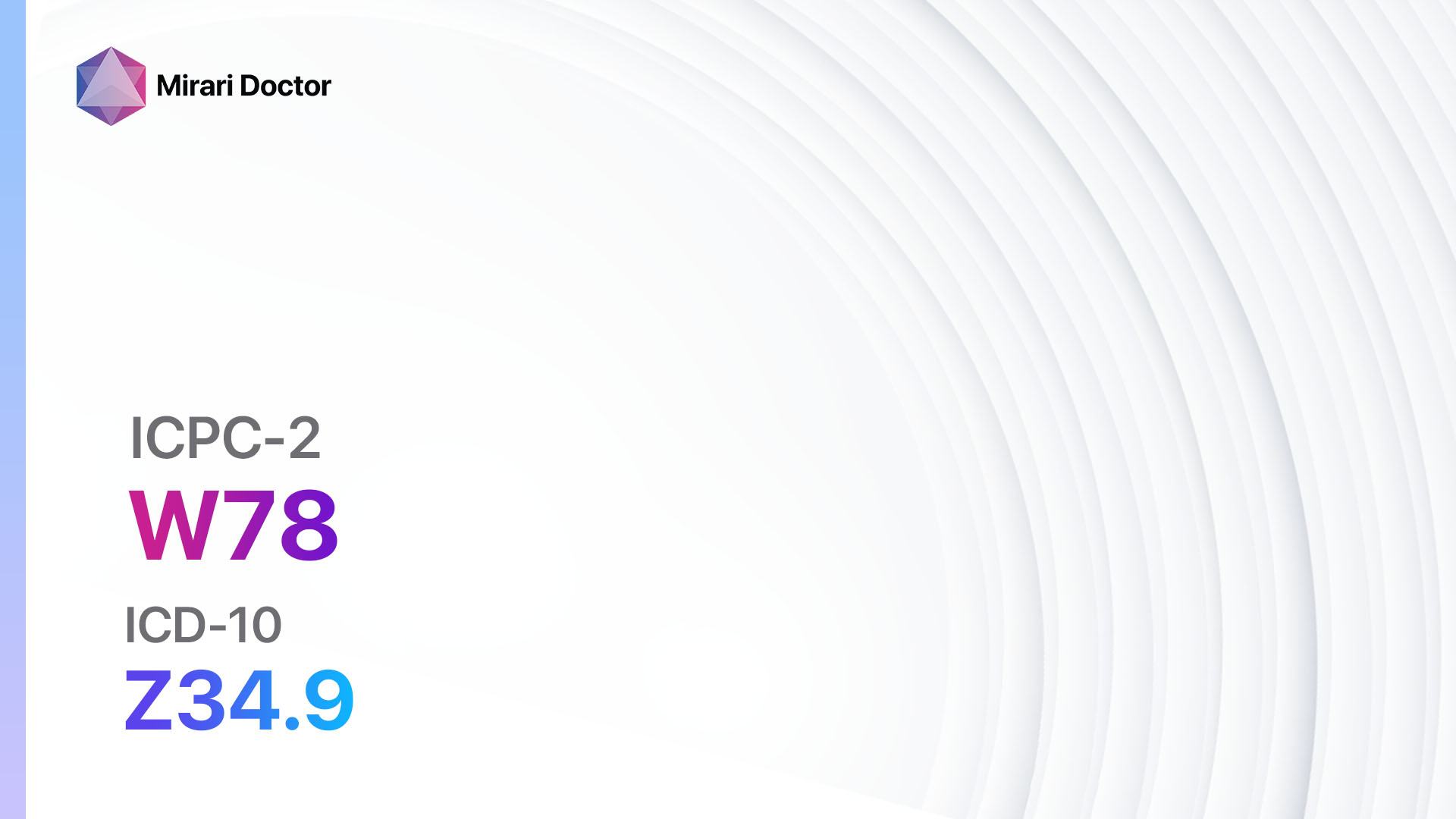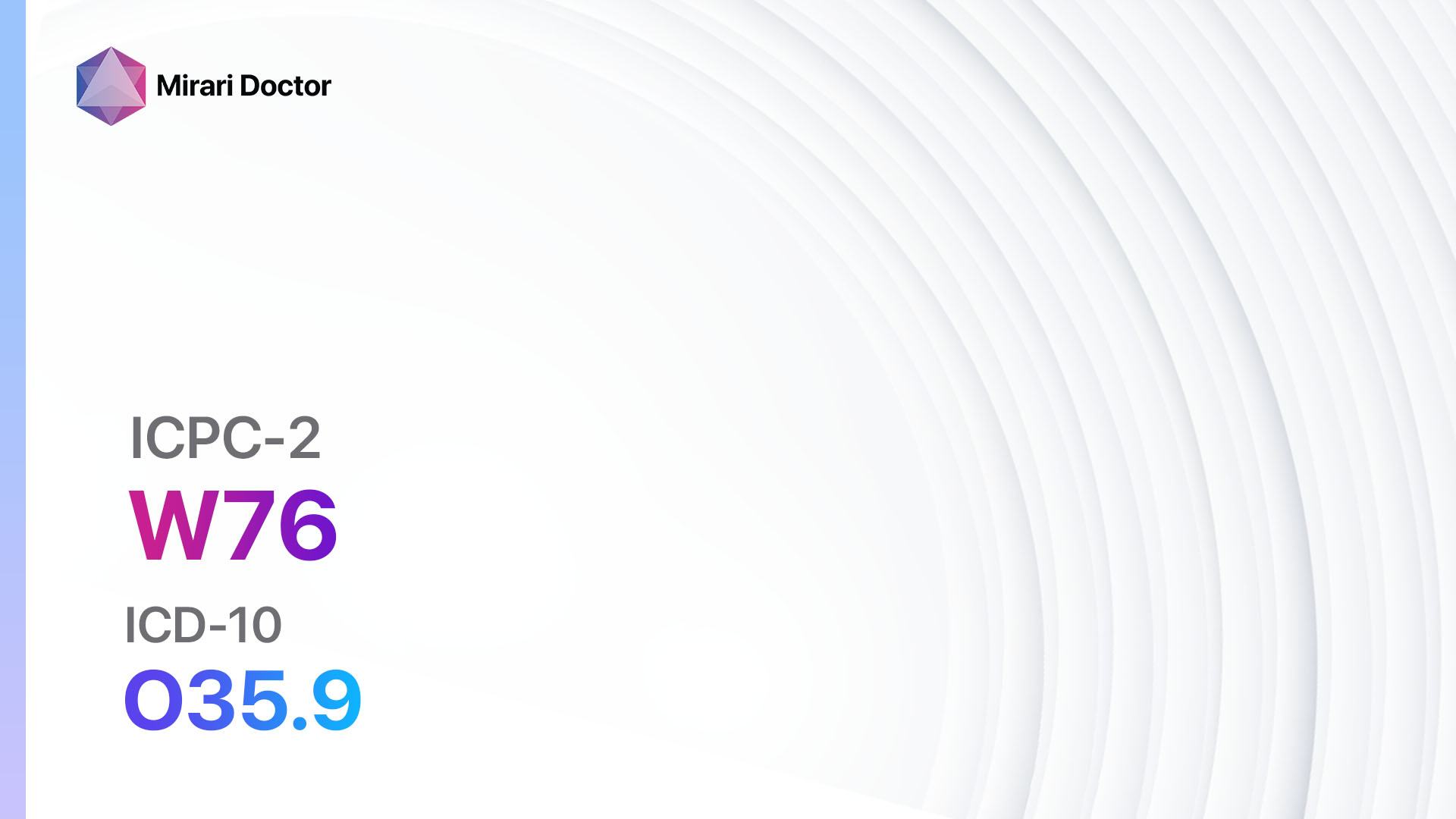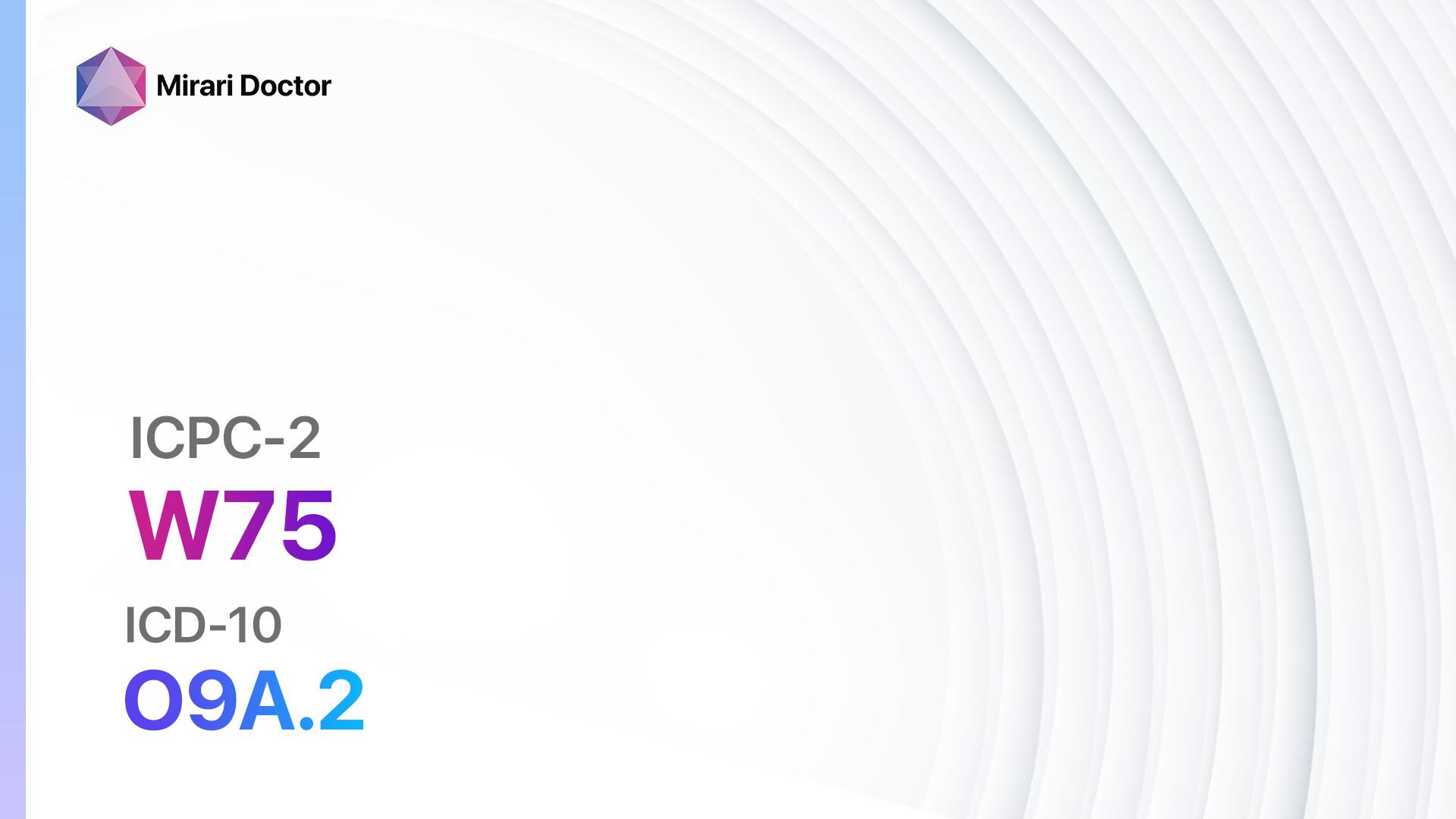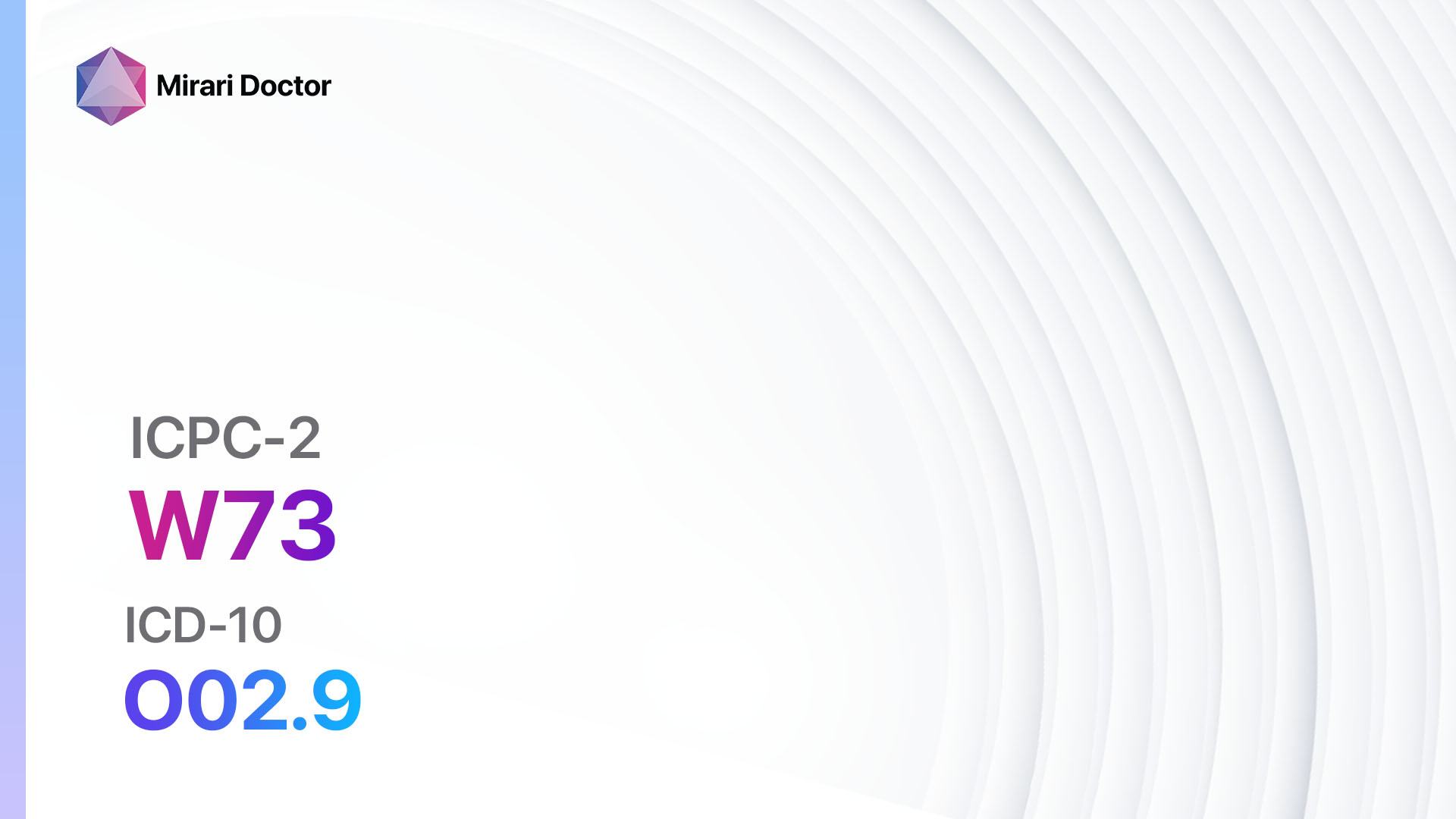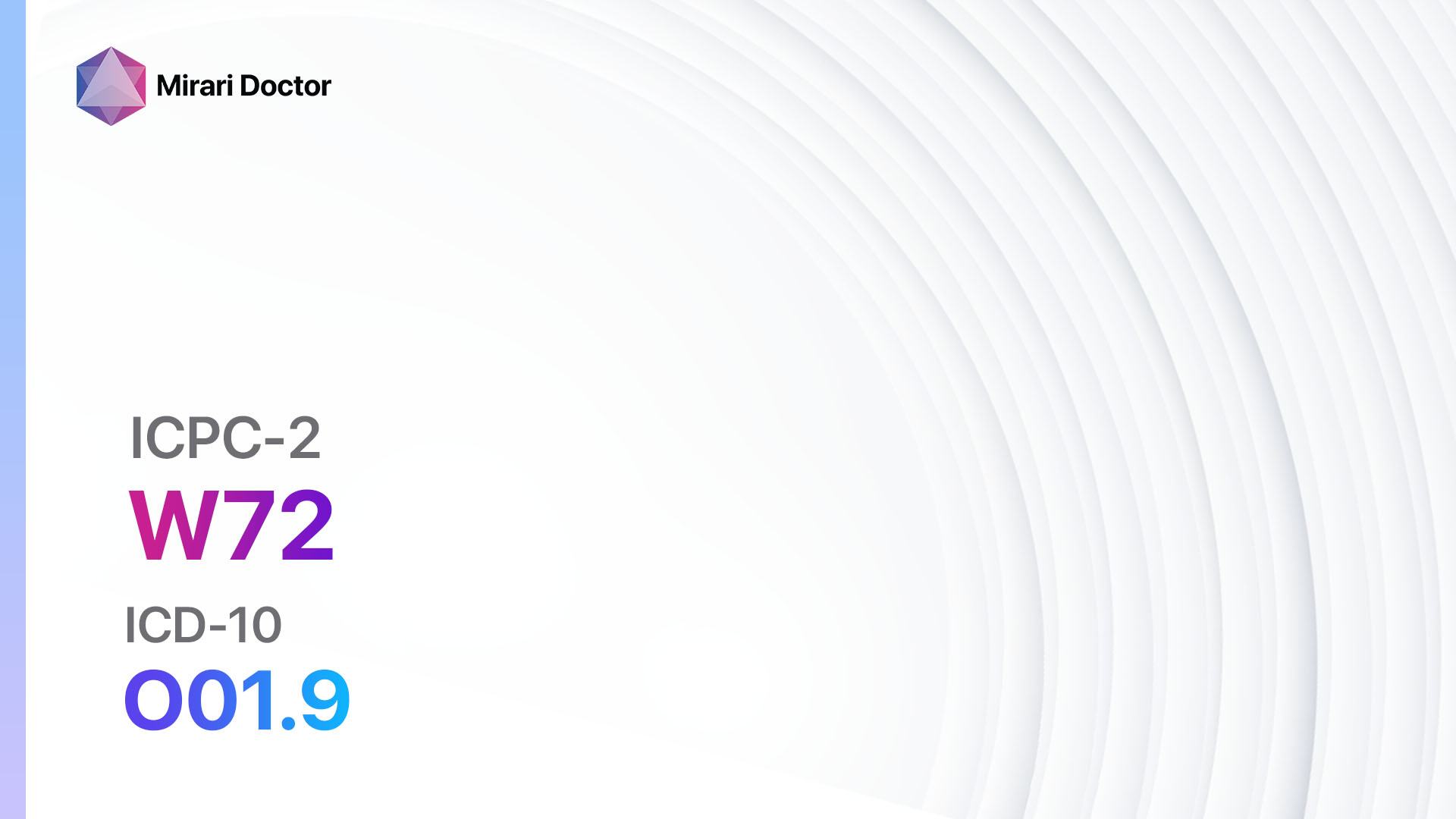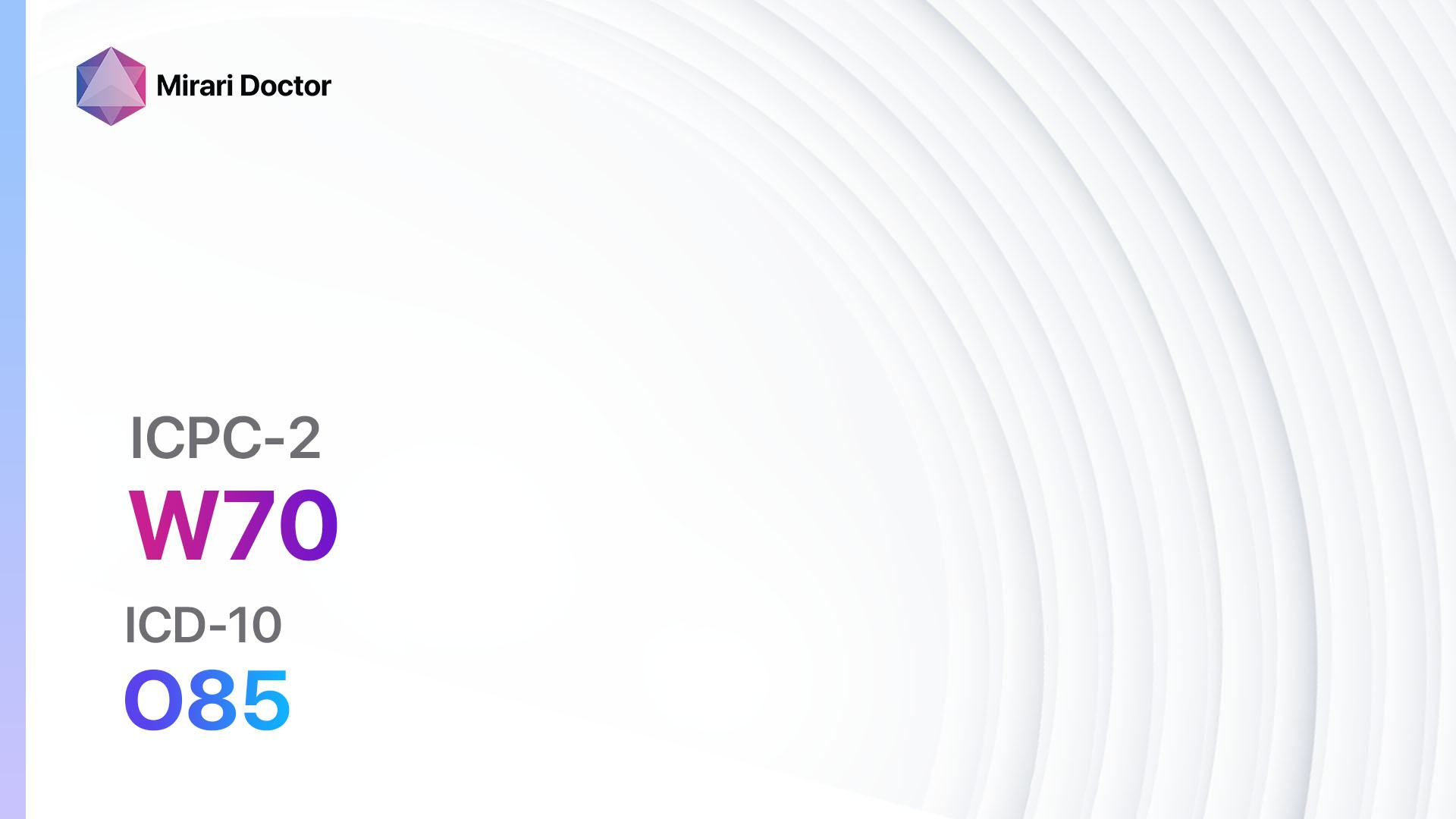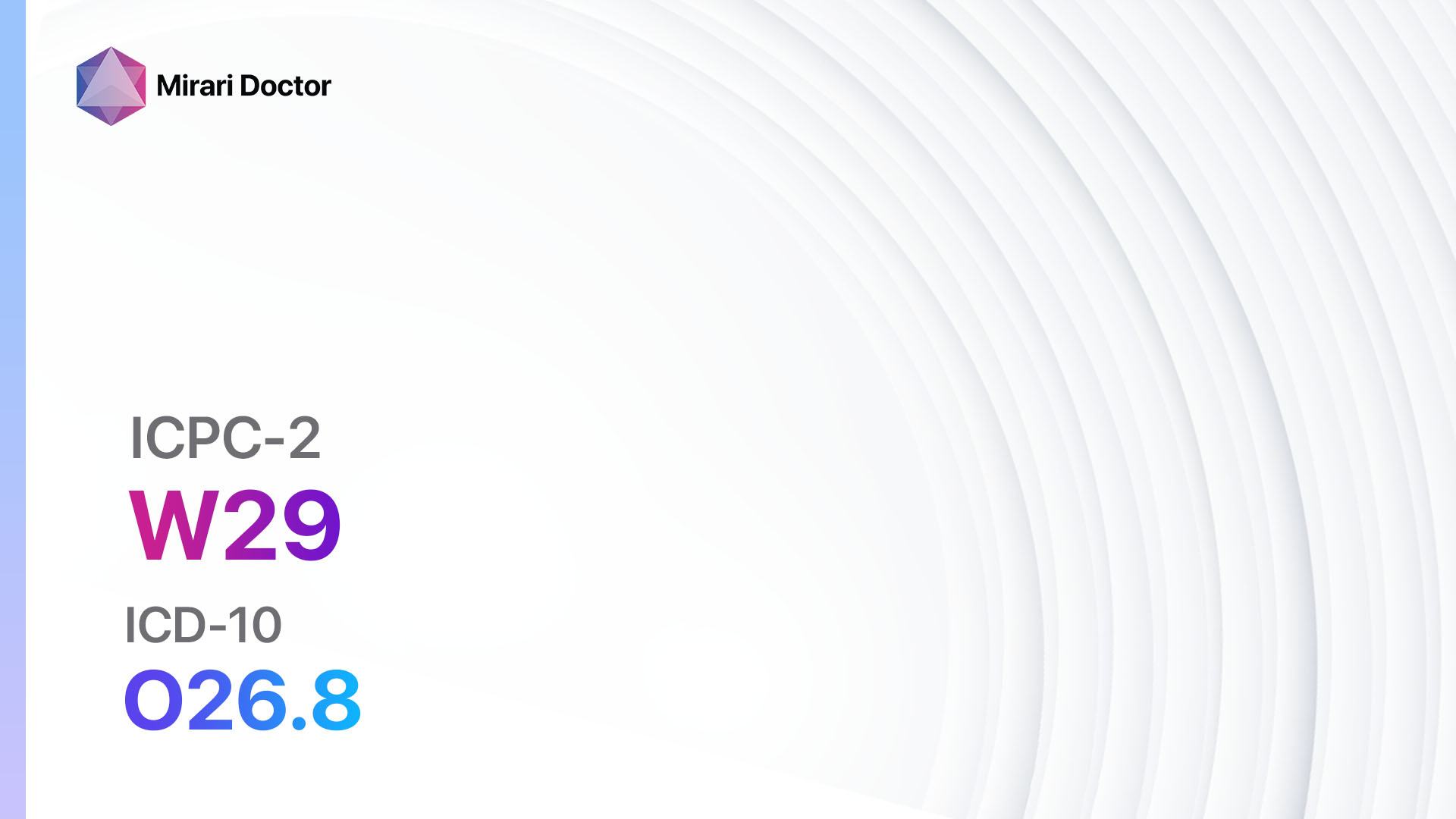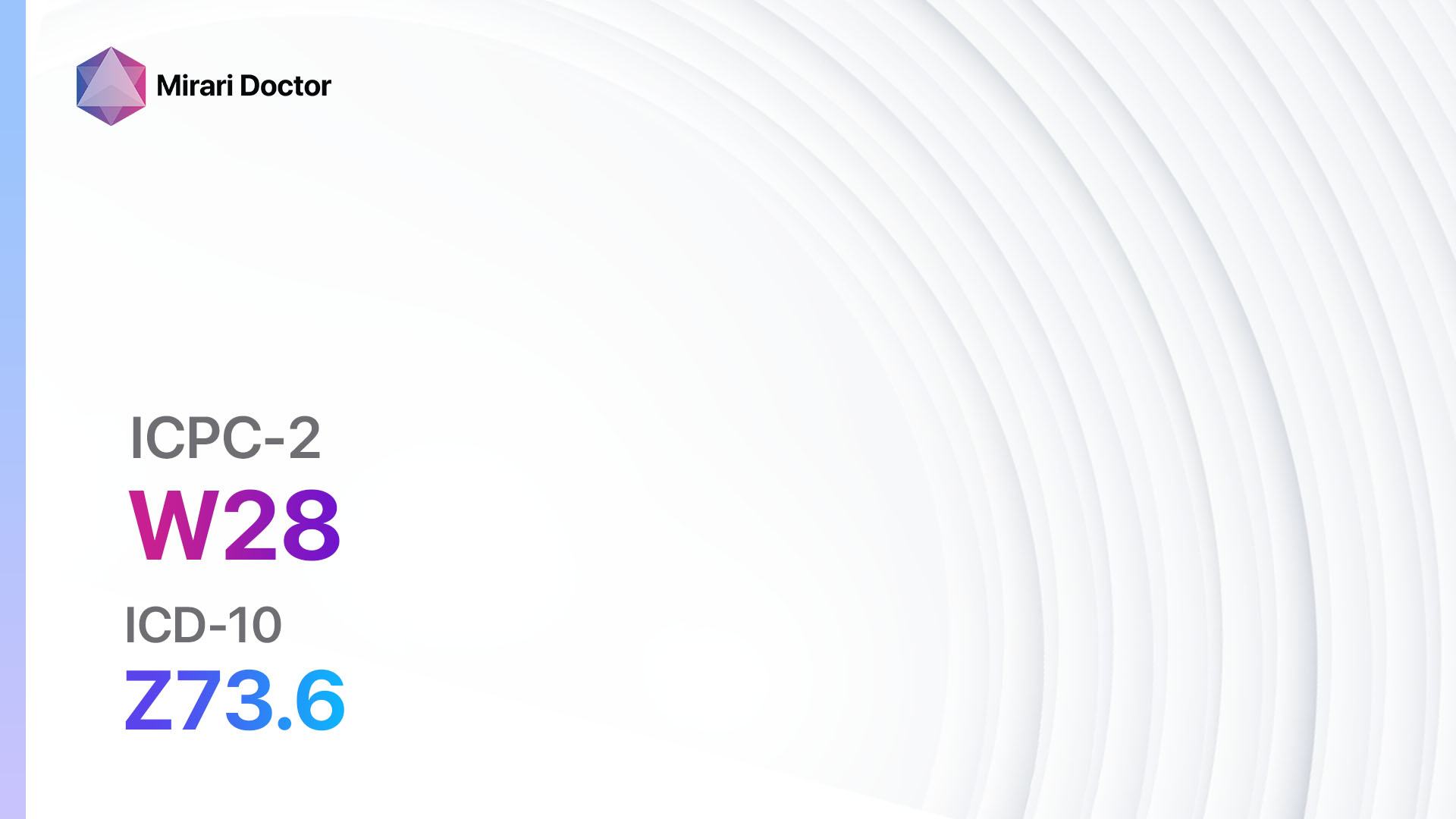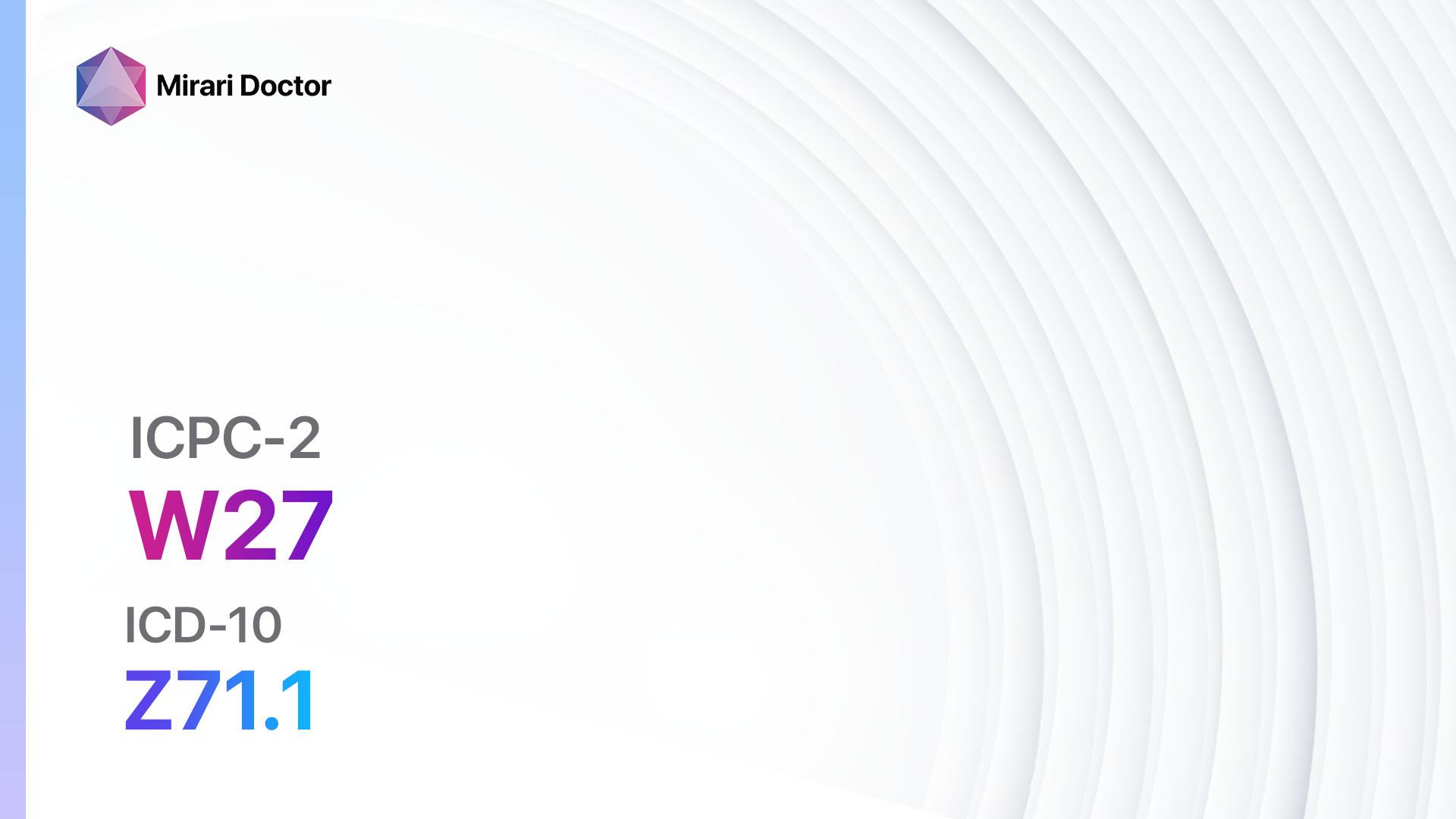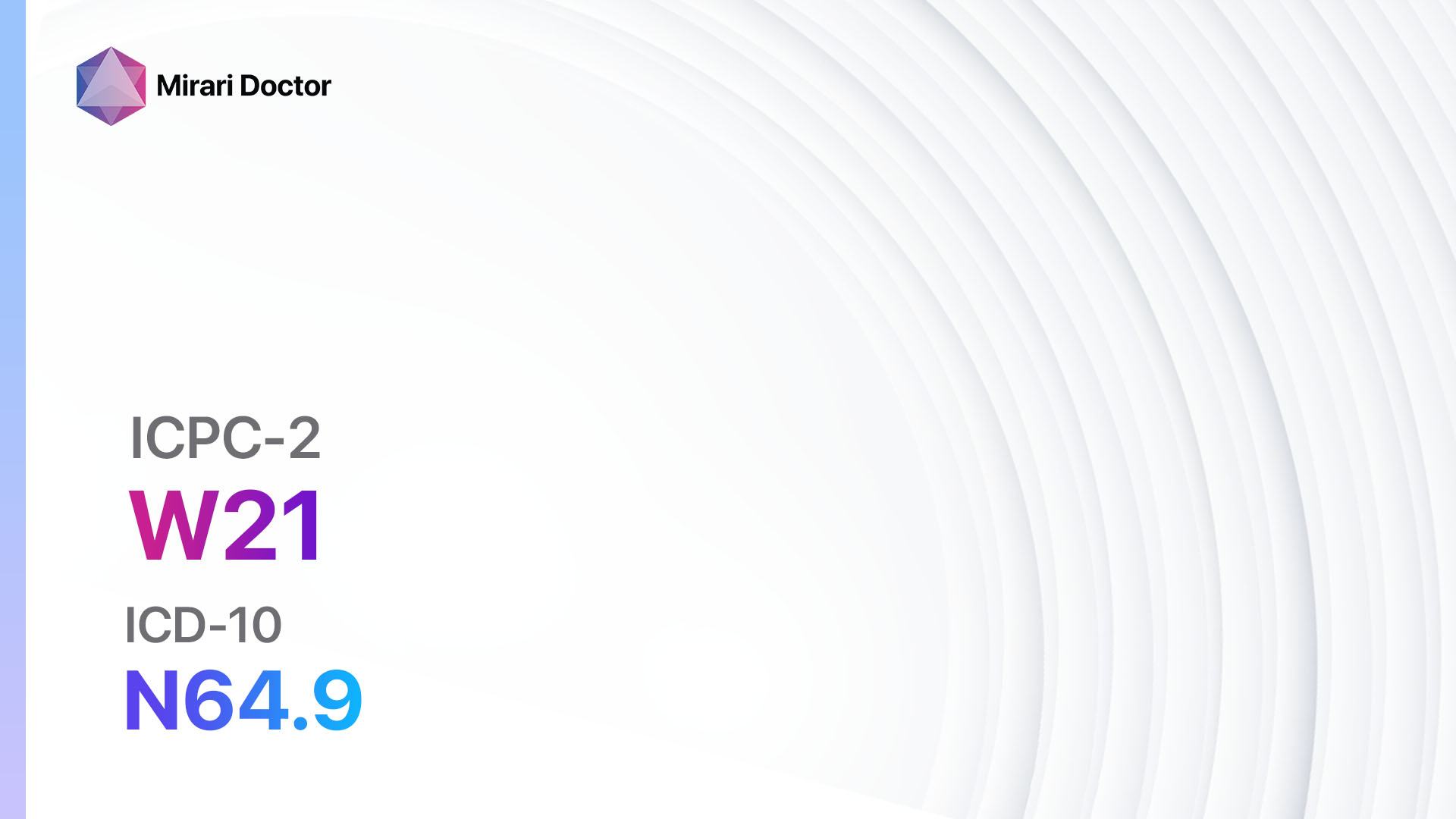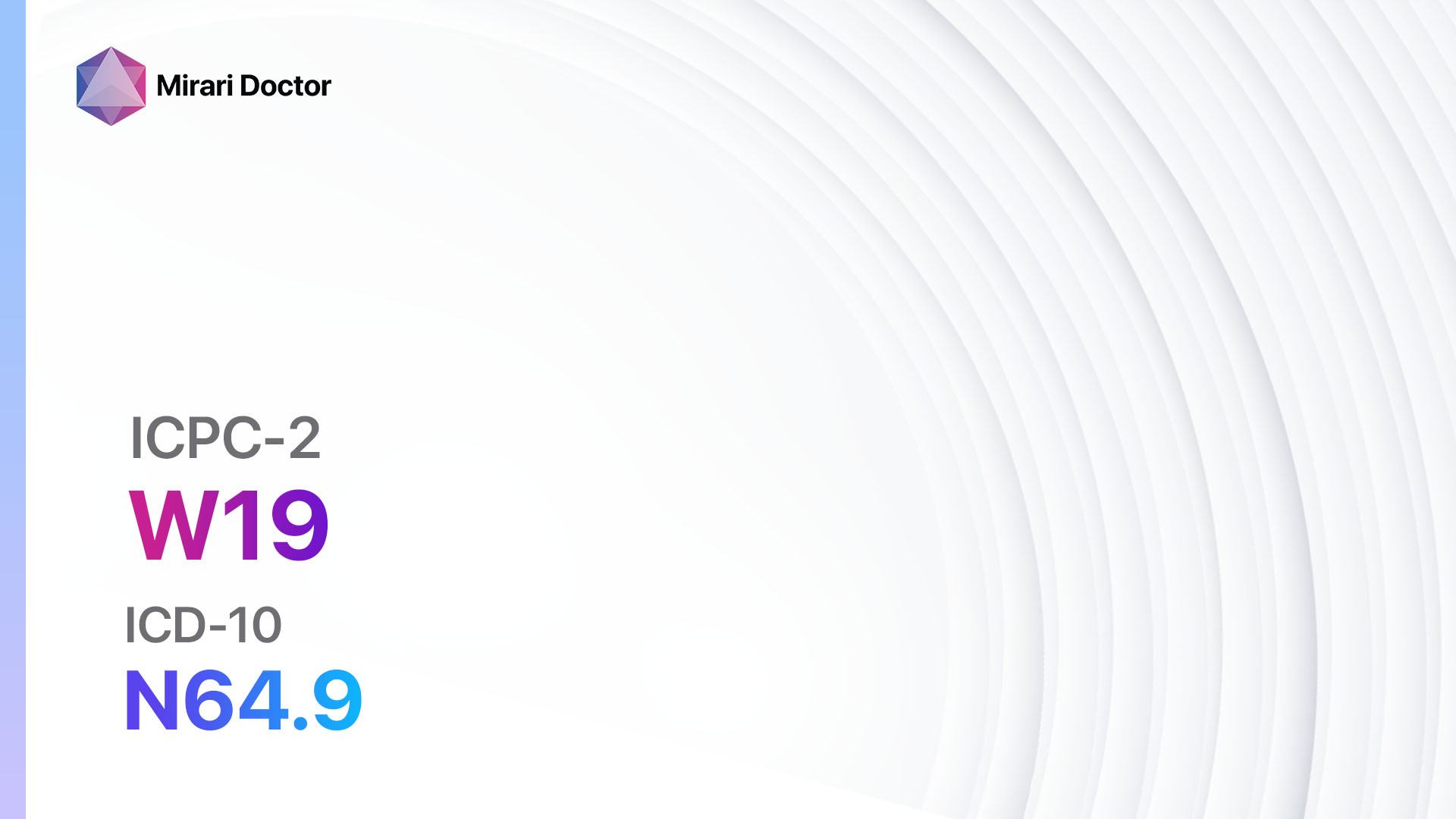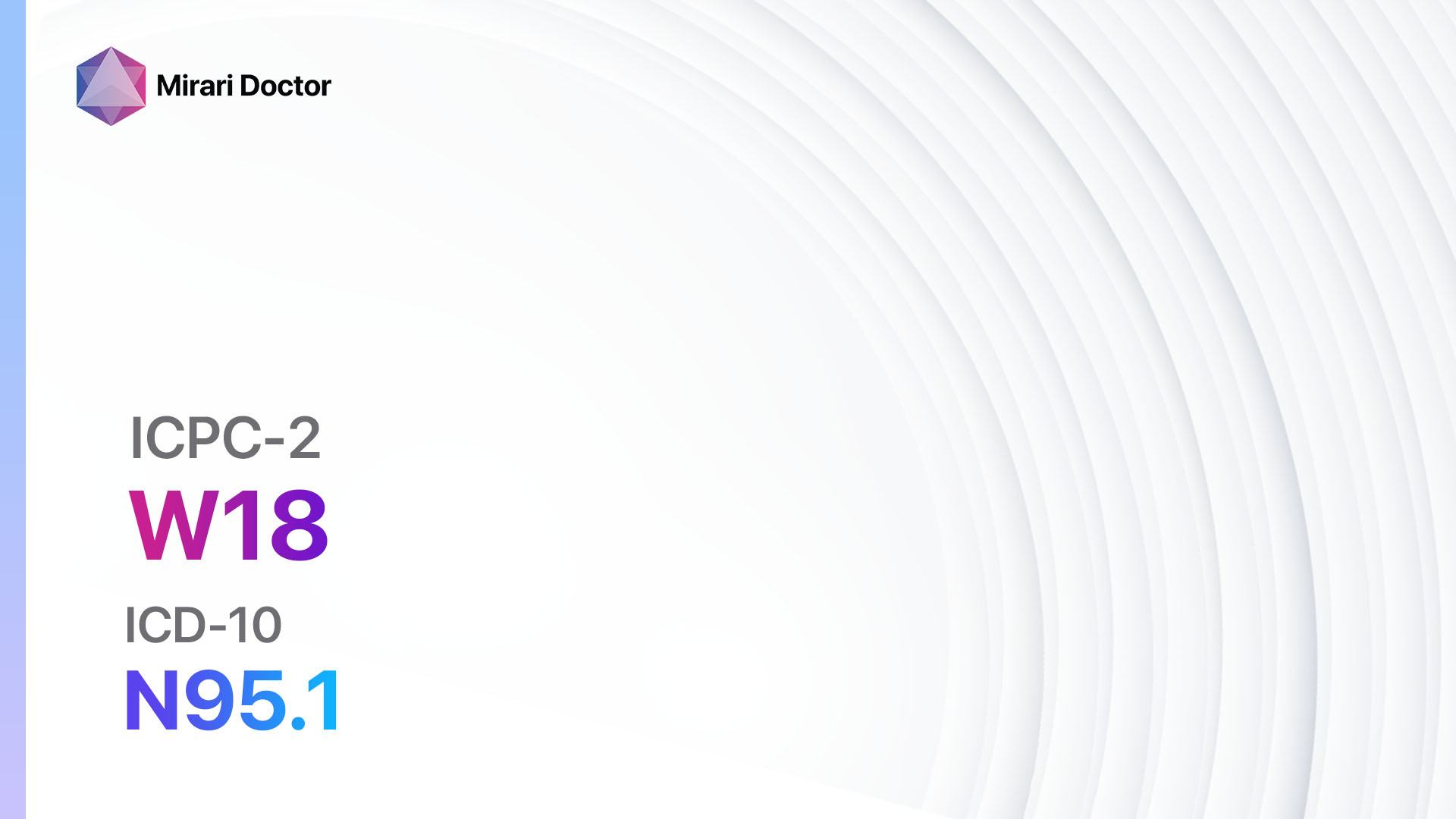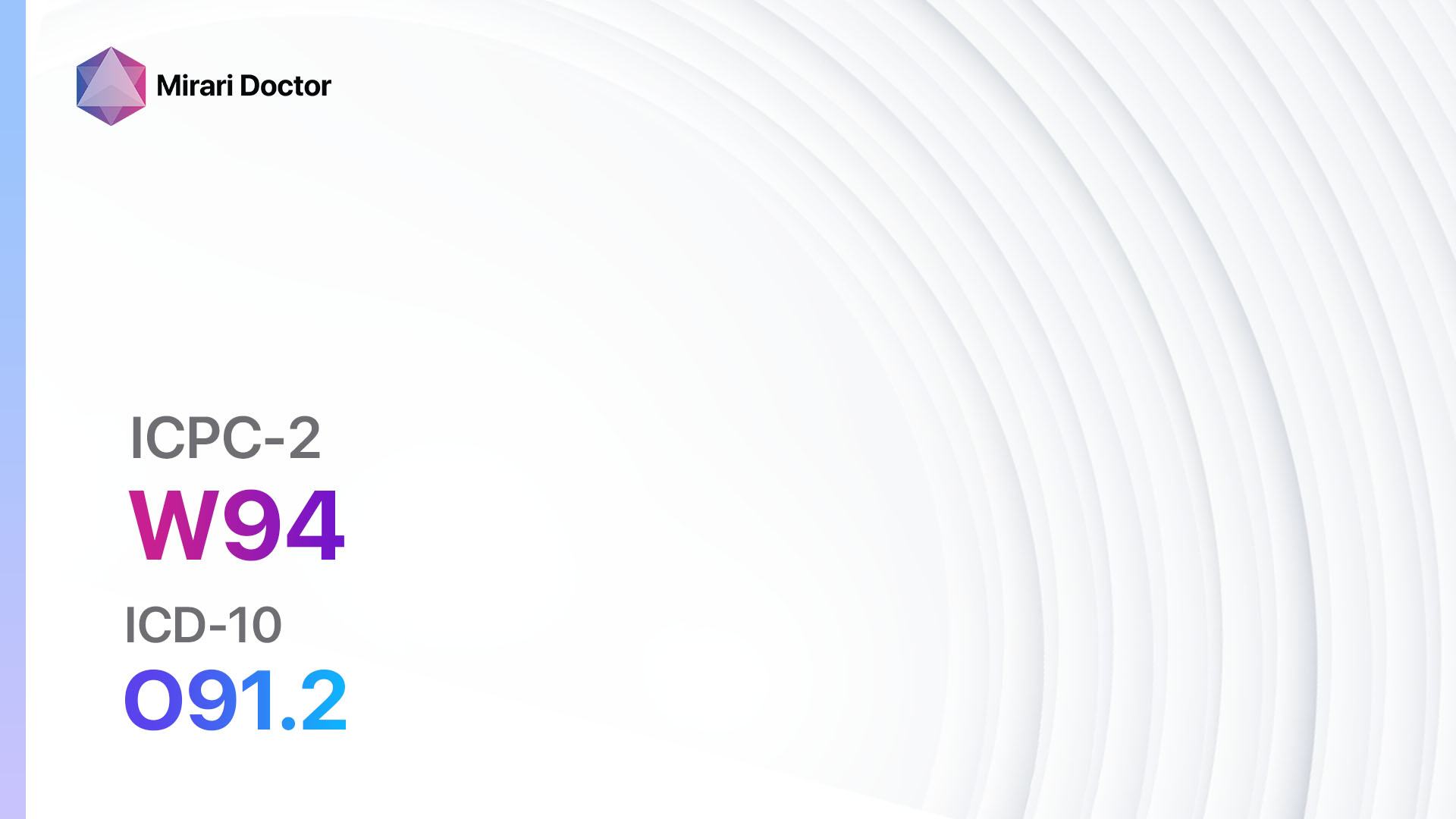
Introduction
Puerperal mastitis is a condition characterized by inflammation of the breast tissue that occurs in women who are breastfeeding. It is usually caused by a bacterial infection and can lead to pain, swelling, and redness in the affected breast[1]. The aim of this guide is to provide healthcare professionals with a comprehensive overview of the diagnosis and management of puerperal mastitis.
Codes
- ICPC-2 Code: W94 Puerperal mastitis[2]
- ICD-10 Code: O91.2 Nonpurulent mastitis associated with childbirth[3]
Symptoms
- Breast pain: Women with puerperal mastitis often experience localized pain in the affected breast.
- Breast swelling: The affected breast may become swollen and feel tender to the touch.
- Redness: The skin over the affected breast may appear red or inflamed.
- Warmth: The affected breast may feel warm to the touch.
- Fever: Some women may develop a fever as a result of the infection[4].
Causes
- Bacterial infection: Puerperal mastitis is most commonly caused by bacteria, such as Staphylococcus aureus, entering the breast tissue through a cracked or sore nipple.
- Milk stasis: Milk stasis, or the buildup of milk in the breast, can also contribute to the development of puerperal mastitis[5].
Diagnostic Steps
Medical History
- Obtain a detailed medical history, including information about the patient’s breastfeeding practices, any recent trauma to the breast, and any previous episodes of mastitis.
- Ask about symptoms such as breast pain, swelling, redness, warmth, and fever[6].
Physical Examination
- Perform a thorough physical examination of the breasts, focusing on signs of inflammation, such as redness, swelling, and tenderness.
- Palpate the breasts to assess for any lumps or areas of induration.
- Check for signs of systemic infection, such as fever and elevated heart rate[7].
Laboratory Tests
- Complete blood count (CBC): A CBC can help determine if the patient has an elevated white blood cell count, which may indicate an infection.
- Breast milk culture: If there is a suspicion of bacterial infection, a sample of breast milk can be sent for culture and sensitivity testing to identify the causative organism and guide antibiotic therapy[8].
Diagnostic Imaging
- Diagnostic imaging is not typically necessary for the diagnosis of puerperal mastitis. However, if there is concern for an abscess or other complications, ultrasound or mammography may be performed[9].
Other Tests
- No other specific tests are typically required for the diagnosis of puerperal mastitis. However, additional tests may be ordered based on the clinical presentation and to rule out other potential causes of breast pain or infection[10].
Follow-up and Patient Education
- Advise the patient to continue breastfeeding or pumping milk from the affected breast to help relieve milk stasis and promote healing.
- Educate the patient about proper breastfeeding techniques, including ensuring a proper latch and maintaining good breast hygiene.
- Instruct the patient to apply warm compresses to the affected breast before breastfeeding or pumping to help relieve pain and promote milk flow.
- Encourage the patient to rest and take over-the-counter pain relievers, such as acetaminophen or ibuprofen, as needed for pain and fever.
Possible Interventions
Traditional Interventions
Medications:
Top 5 drugs for Puerperal mastitis:
- Antibiotics (e.g., dicloxacillin, cephalexin):
- Cost: Generic versions can range from $5 to $50 for a course of treatment.
- Contraindications: Hypersensitivity to penicillins or cephalosporins.
- Side effects: Nausea, diarrhea, rash.
- Severe side effects: Severe allergic reactions, Clostridium difficile infection.
- Drug interactions: Warfarin, oral contraceptives.
- Warning: Complete the full course of antibiotics as prescribed.
- Pain relievers (e.g., acetaminophen, ibuprofen):
- Cost: Generic versions can range from $3 to $10 for a bottle.
- Contraindications: Hypersensitivity to the medication, history of gastrointestinal bleeding.
- Side effects: Upset stomach, dizziness.
- Severe side effects: Liver damage, gastrointestinal bleeding.
- Drug interactions: Warfarin, other nonsteroidal anti-inflammatory drugs (NSAIDs).
- Warning: Take with food to minimize stomach upset.
- Topical antibiotics (e.g., mupirocin):
- Cost: Generic versions can range from $10 to $30 for a tube.
- Contraindications: Hypersensitivity to the medication.
- Side effects: Local skin irritation.
- Severe side effects: Allergic reactions.
- Drug interactions: None reported.
- Warning: Apply a thin layer to the affected area after breastfeeding.
- Probiotics (e.g., Lactobacillus):
- Cost: Generic versions can range from $10 to $30 for a bottle.
- Contraindications: None reported.
- Side effects: None reported.
- Severe side effects: None reported.
- Drug interactions: None reported.
- Warning: Take as directed to help restore the natural balance of bacteria in the body.
- Anti-inflammatory drugs (e.g., prednisone):
- Cost: Generic versions can range from $10 to $50 for a course of treatment.
- Contraindications: Hypersensitivity to the medication, systemic fungal infections.
- Side effects: Increased appetite, weight gain, mood changes.
- Severe side effects: Adrenal suppression, osteoporosis.
- Drug interactions: Warfarin, other immunosuppressants.
- Warning: Take with food to minimize stomach upset.
Alternative Drugs:
- Garlic supplements: Garlic has antimicrobial properties and may help fight off the infection. Cost: $5-$20 per bottle.
- Echinacea supplements: Echinacea is believed to boost the immune system and may aid in the recovery from puerperal mastitis. Cost: $10-$30 per bottle.
- Vitamin C supplements: Vitamin C is an antioxidant that may help support the immune system. Cost: $5-$20 per bottle.
- Tea tree oil: Tea tree oil has antimicrobial properties and may help reduce inflammation. Cost: $5-$15 per bottle.
- Calendula cream: Calendula cream has anti-inflammatory properties and may help soothe the affected breast. Cost: $10-$30 per tube.
Surgical Procedures:
- Surgical intervention is not typically required for the treatment of puerperal mastitis. However, if an abscess develops, it may need to be drained surgically.
Alternative Interventions
- Cabbage leaf compress: Applying chilled cabbage leaves to the affected breast may help reduce inflammation and relieve pain. Cost: $5-$10 per head of cabbage.
- Warm compresses: Applying warm compresses to the affected breast before breastfeeding or pumping may help relieve pain and promote milk flow. Cost: Minimal.
- Breast massage: Gentle massage of the affected breast may help relieve pain and promote milk flow. Cost: Minimal.
- Probiotic-rich foods: Consuming foods rich in probiotics, such as yogurt and kefir, may help restore the natural balance of bacteria in the body. Cost: Varies depending on the specific food.
- Rest and relaxation: Getting plenty of rest and practicing relaxation techniques, such as deep breathing and meditation, may help support the healing process. Cost: Minimal.
Lifestyle Interventions
- Good breast hygiene: Encourage the patient to maintain good breast hygiene by washing the nipples with warm water and mild soap before and after breastfeeding. Cost: Minimal.
- Proper breastfeeding techniques: Educate the patient about proper breastfeeding techniques, including ensuring a proper latch and allowing the baby to fully empty each breast during feedings. Cost: Minimal.
- Supportive bra: Advise the patient to wear a supportive bra that fits properly to help reduce breast discomfort. Cost: Varies depending on the specific bra.
- Healthy diet: Encourage the patient to eat a balanced diet rich in fruits, vegetables, whole grains, and lean proteins to support overall health and immune function. Cost: Varies depending on food choices.
- Adequate hydration: Instruct the patient to drink plenty of fluids, such as water and herbal tea, to stay hydrated and support milk production. Cost: Minimal.
It is important to note that the cost ranges provided are approximate and may vary depending on the location and availability of the interventions.
Mirari Cold Plasma Alternative Intervention
Understanding Mirari Cold Plasma
- Safe and Non-Invasive Treatment: Mirari Cold Plasma is a safe and non-invasive treatment option for various skin conditions. It does not require incisions, minimizing the risk of scarring, bleeding, or tissue damage.
- Efficient Extraction of Foreign Bodies: Mirari Cold Plasma facilitates the removal of foreign bodies from the skin by degrading and dissociating organic matter, allowing easier access and extraction.
- Pain Reduction and Comfort: Mirari Cold Plasma has a local analgesic effect, providing pain relief during the treatment, making it more comfortable for the patient.
- Reduced Risk of Infection: Mirari Cold Plasma has antimicrobial properties, effectively killing bacteria and reducing the risk of infection.
- Accelerated Healing and Minimal Scarring: Mirari Cold Plasma stimulates wound healing and tissue regeneration, reducing healing time and minimizing the formation of scars.
Mirari Cold Plasma Prescription
Video instructions for using Mirari Cold Plasma Device – W94 Puerperal mastitis (ICD-10:O91.2)
| Mild | Moderate | Severe |
| Mode setting: 1 (Infection) Location: 0 (Localized) Morning: 15 minutes, Evening: 15 minutes |
Mode setting: 1 (Infection) Location: 0 (Localized) Morning: 30 minutes, Lunch: 30 minutes, Evening: 30 minutes |
Mode setting: 1 (Infection) Location: 0 (Localized) Morning: 30 minutes, Lunch: 30 minutes, Evening: 30 minutes |
| Mode setting: 2 (Wound Healing) Location: 0 (Localized) Morning: 15 minutes, Evening: 15 minutes |
Mode setting: 2 (Wound Healing) Location: 0 (Localized) Morning: 30 minutes, Lunch: 30 minutes, Evening: 30 minutes |
Mode setting: 2 (Wound Healing) Location: 0 (Localized) Morning: 30 minutes, Lunch: 30 minutes, Evening: 30 minutes |
| Mode setting: 7 (Immunotherapy) Location: 1 (Sacrum) Morning: 15 minutes, Evening: 15 minutes |
Mode setting: 7 (Immunotherapy) Location: 1 (Sacrum) Morning: 30 minutes, Lunch: 30 minutes, Evening: 30 minutes |
Mode setting: 7 (Immunotherapy) Location: 1 (Sacrum) Morning: 30 minutes, Lunch: 30 minutes, Evening: 30 minutes |
| Total Morning: 45 minutes approx. $7.50 USD, Evening: 45 minutes approx. $7.50 USD |
Total Morning: 90 minutes approx. $15 USD, Lunch: 90 minutes approx. $15 USD, Evening: 90 minutes approx. $15 USD |
Total Morning: 90 minutes approx. $15 USD, Lunch: 90 minutes approx. $15 USD, Evening: 90 minutes approx. $15 USD |
| Usual treatment for 7-60 days approx. $105 USD – $900 USD | Usual treatment for 6-8 weeks approx. $1,890 USD – $2,520 USD |
Usual treatment for 3-6 months approx. $4,050 USD – $8,100 USD
|
 |
|
Use the Mirari Cold Plasma device to treat Puerperal mastitis effectively.
WARNING: MIRARI COLD PLASMA IS DESIGNED FOR THE HUMAN BODY WITHOUT ANY ARTIFICIAL OR THIRD PARTY PRODUCTS. USE OF OTHER PRODUCTS IN COMBINATION WITH MIRARI COLD PLASMA MAY CAUSE UNPREDICTABLE EFFECTS, HARM OR INJURY. PLEASE CONSULT A MEDICAL PROFESSIONAL BEFORE COMBINING ANY OTHER PRODUCTS WITH USE OF MIRARI.
Step 1: Cleanse the Skin
- Start by cleaning the affected area of the skin with a gentle cleanser or mild soap and water. Gently pat the area dry with a clean towel.
Step 2: Prepare the Mirari Cold Plasma device
- Ensure that the Mirari Cold Plasma device is fully charged or has fresh batteries as per the manufacturer’s instructions. Make sure the device is clean and in good working condition.
- Switch on the Mirari device using the power button or by following the specific instructions provided with the device.
- Some Mirari devices may have adjustable settings for intensity or treatment duration. Follow the manufacturer’s instructions to select the appropriate settings based on your needs and the recommended guidelines.
Step 3: Apply the Device
- Place the Mirari device in direct contact with the affected area of the skin. Gently glide or hold the device over the skin surface, ensuring even coverage of the area experiencing.
- Slowly move the Mirari device in a circular motion or follow a specific pattern as indicated in the user manual. This helps ensure thorough treatment coverage.
Step 4: Monitor and Assess:
- Keep track of your progress and evaluate the effectiveness of the Mirari device in managing your Puerperal mastitis. If you have any concerns or notice any adverse reactions, consult with your health care professional.
Note
This guide is for informational purposes only and should not replace the advice of a medical professional. Always consult with your healthcare provider or a qualified medical professional for personal advice, diagnosis, or treatment. Do not solely rely on the information presented here for decisions about your health. Use of this information is at your own risk. The authors of this guide, nor any associated entities or platforms, are not responsible for any potential adverse effects or outcomes based on the content.
Mirari Cold Plasma System Disclaimer
- Purpose: The Mirari Cold Plasma System is a Class 2 medical device designed for use by trained healthcare professionals. It is registered for use in Thailand and Vietnam. It is not intended for use outside of these locations.
- Informational Use: The content and information provided with the device are for educational and informational purposes only. They are not a substitute for professional medical advice or care.
- Variable Outcomes: While the device is approved for specific uses, individual outcomes can differ. We do not assert or guarantee specific medical outcomes.
- Consultation: Prior to utilizing the device or making decisions based on its content, it is essential to consult with a Certified Mirari Tele-Therapist and your medical healthcare provider regarding specific protocols.
- Liability: By using this device, users are acknowledging and accepting all potential risks. Neither the manufacturer nor the distributor will be held accountable for any adverse reactions, injuries, or damages stemming from its use.
- Geographical Availability: This device has received approval for designated purposes by the Thai and Vietnam FDA. As of now, outside of Thailand and Vietnam, the Mirari Cold Plasma System is not available for purchase or use.
References
- World Health Organization. (2000). Mastitis: Causes and Management. Geneva: World Health Organization.
- WONCA International Classification Committee. (2005). ICPC-2: International Classification of Primary Care. Oxford University Press.
- World Health Organization. (2019). ICD-10: International Statistical Classification of Diseases and Related Health Problems, 10th Revision.
- Amir, L. H. (2014). ABM Clinical Protocol #4: Mastitis, Revised March 2014. Breastfeeding Medicine, 9(5), 239-243.
- Spencer, J. P. (2008). Management of Mastitis in Breastfeeding Women. American Family Physician, 78(6), 727-731.
- Berens, P. D. (2015). Breast Pain: Engorgement, Nipple Pain, and Mastitis. Clinical Obstetrics and Gynecology, 58(4), 902-914.
- Cusack, L., & Brennan, M. (2011). Lactational mastitis and breast abscess – diagnosis and management in general practice. Australian Family Physician, 40(12), 976-979.
- Arroyo, R., Martín, V., Maldonado, A., Jiménez, E., Fernández, L., & Rodríguez, J. M. (2010). Treatment of Infectious Mastitis during Lactation: Antibiotics versus Oral Administration of Lactobacilli Isolated from Breast Milk. Clinical Infectious Diseases, 50(12), 1551-1558.
- Karstrup, S., Solvig, J., Nolsøe, C. P., Nilsson, P., Khattar, S., Loren, I., … & Hertz, J. (1993). Acute puerperal breast abscesses: US-guided drainage. Radiology, 188(3), 807-809.
- Kvist, L. J., & Rydhstroem, H. (2005). Factors related to breast abscess after delivery: a population-based study. BJOG: An International Journal of Obstetrics & Gynaecology, 112(8), 1070-1074.
Related articles
Made in USA


